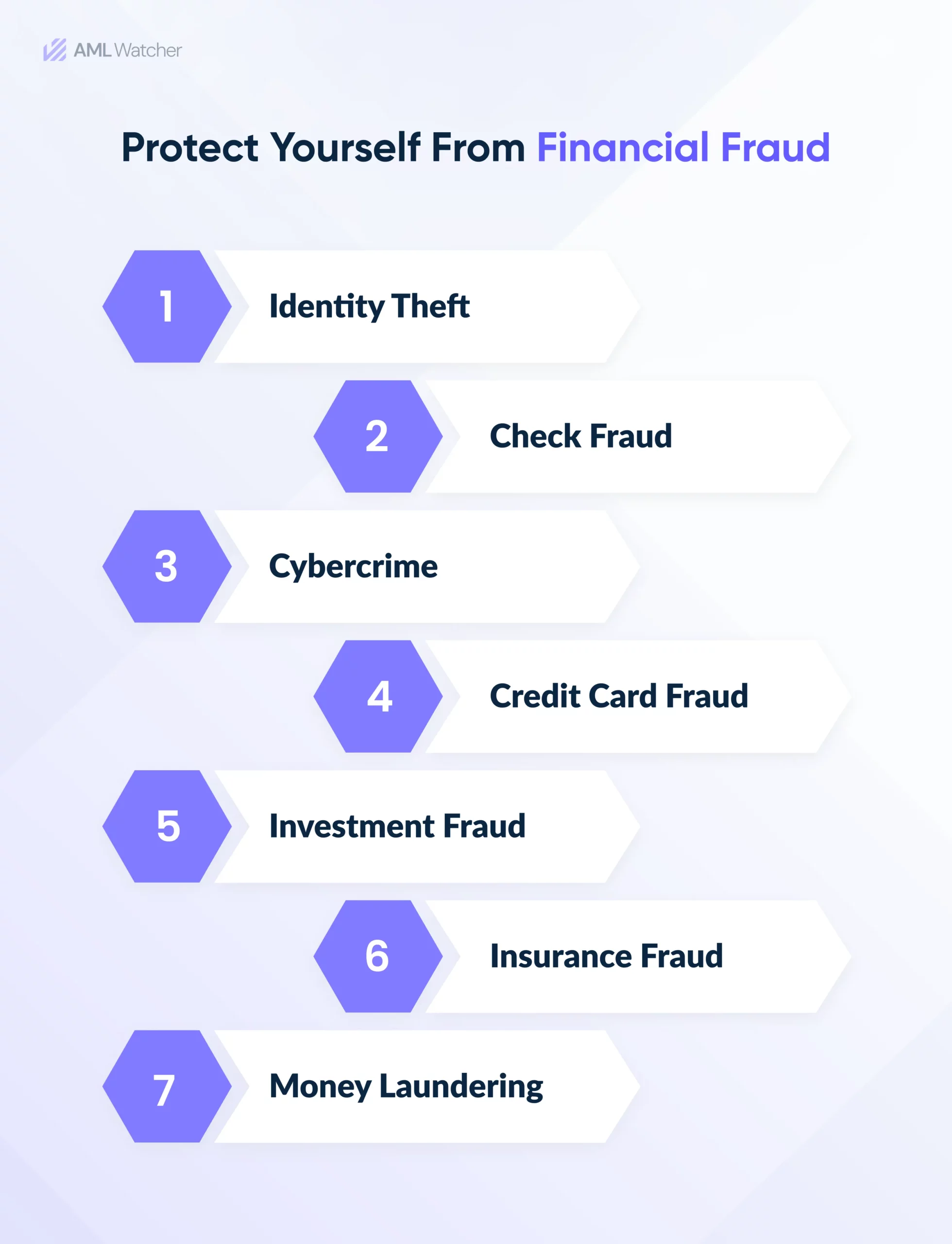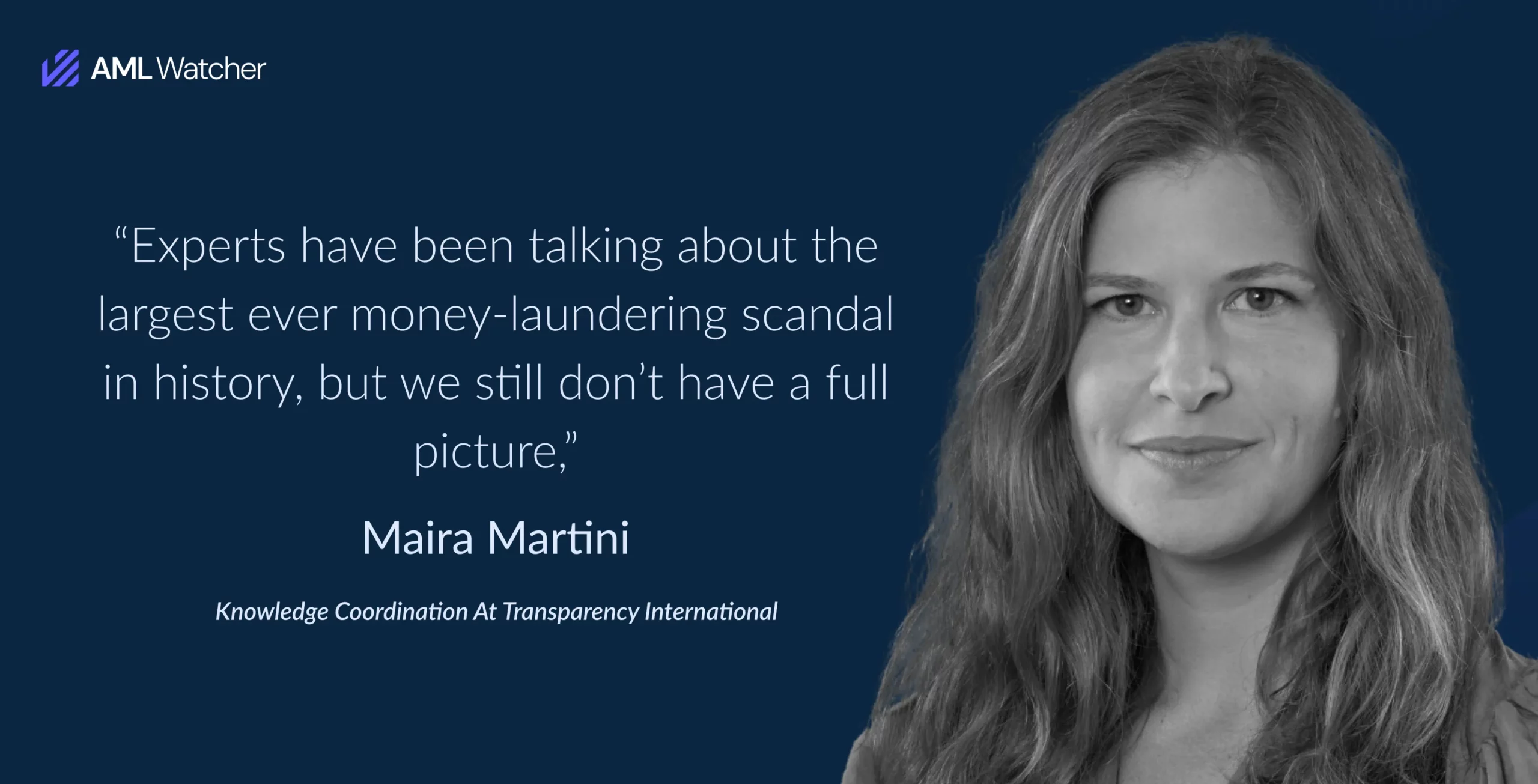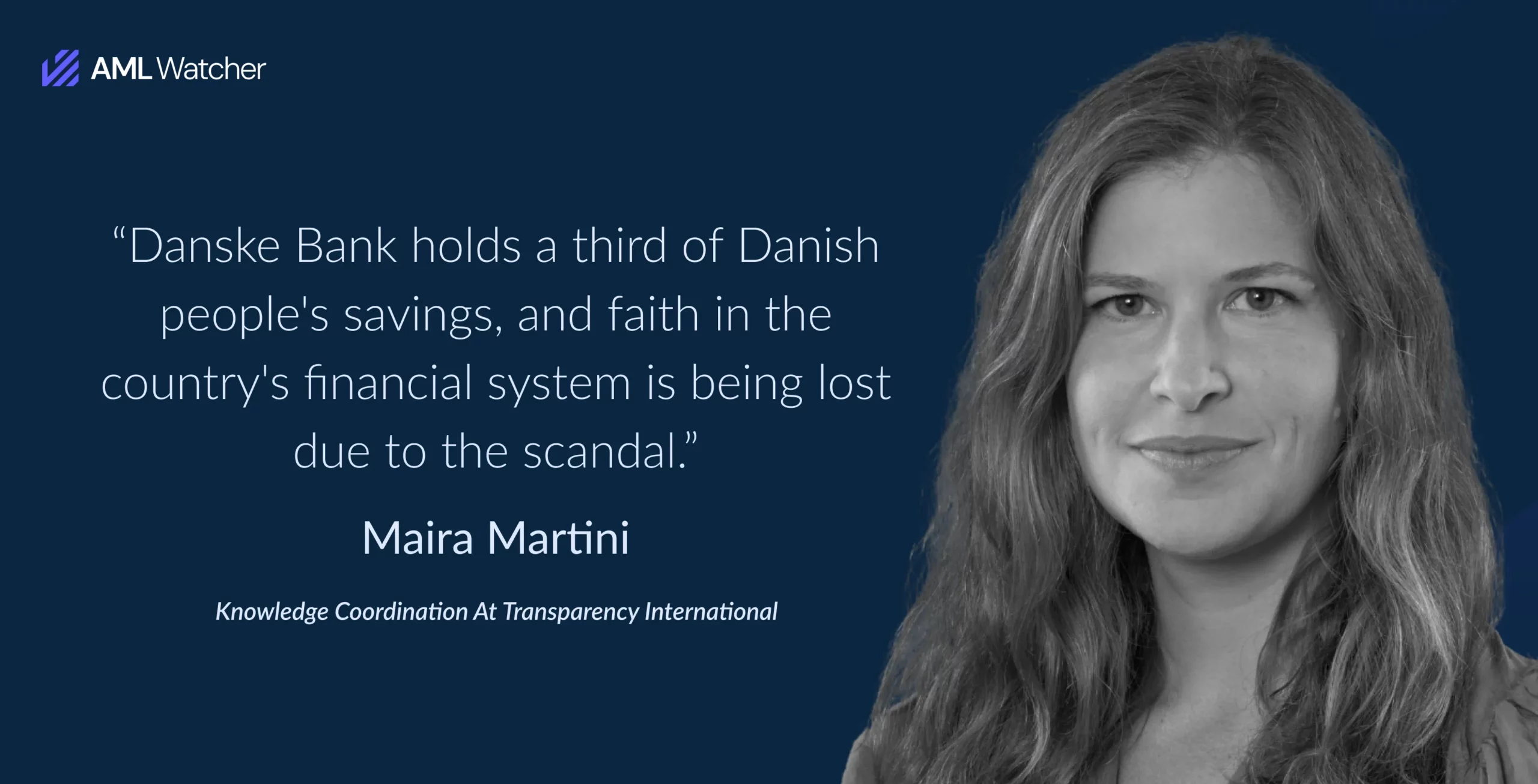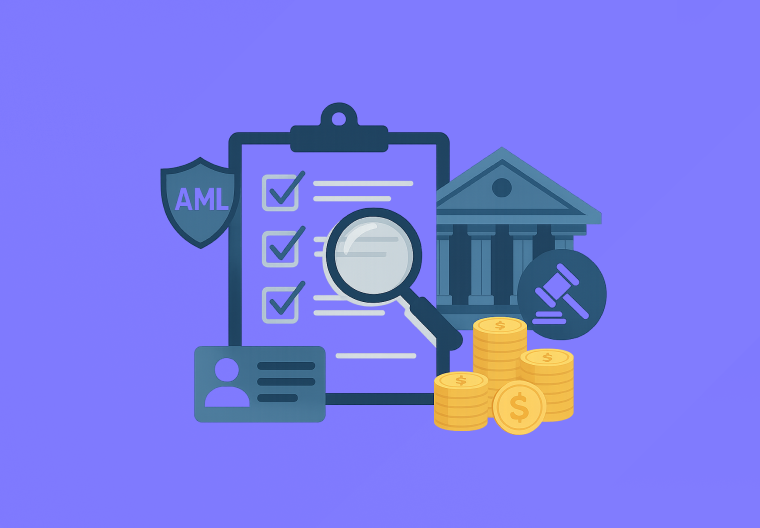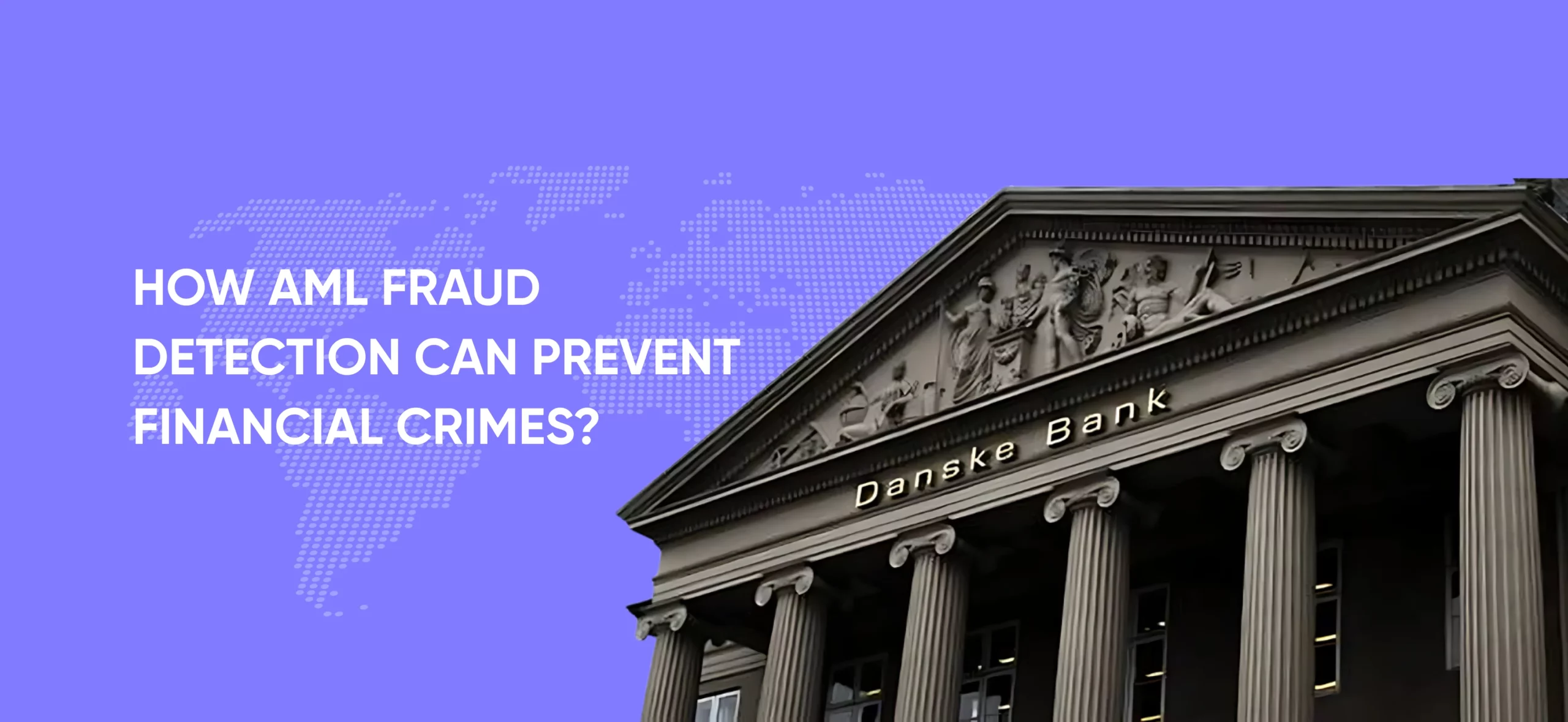
How AML Fraud Detection Can Prevent Financial Crimes?
“The only way to stop the flow of this dirty money is to get tough on the bankers who help mask and transfer it around the world. Banks themselves don’t launder money, after all: people do.”
Robert Mazur
In 1998, the director of the International Monetary Fund (IMF) highlighted money laundering issues.
It also estimated that the amount of money being laundered was approximately 2 to 5% of gross domestic product (GDP).
Recently, the Organized Crime and Corruption Reporting Project (OCCRP) exposed the “Troika Laundromat” that transferred Russia’s billions of dollars by using secretive offshore firms.
Did You Know?
In the UK, from 2010 to 2014, shell organizations laundered £80bn of stolen money by layering it.
Moreover, data leaks, including Panama Papers, Paradise Papers, and Offshore leaks, urge regulatory bodies toward the impact of money laundering activities globally.
These cases highlight the importance of AML fraud detection measures in this digital world to overcome illegal activities in an economy.
This blog will explore how AML fraud detection can be your shield against financial crimes and how AML Watcher secures firms by preventing illegal activities.
Why is Fraud Detection Important?
In 2022, the FBI reported that elderly fraud victims in the US lost more than $3.1 billion, an average of $35,101 each.
Why is fraud detection necessary in its early stages?
- To protect financial assets that result in monetary losses.
- To avoid legal liabilities, penalties, and fines.
- To secure the firm’s brand integrity and reputation by mitigating reputational risks.
AML Fraud Detection – A Shield Against Financial Crimes
AML regulations are rules, laws, and processes that restrict scammers from claiming their illegal money as hard-earned. These regulations are used to:
Restrict Criminal Activities
Prevent shell companies by hindering their financial power so they can’t launder money.
Secure Financial Institutions
Protecting the financial institution’s stability and integrity from the harmful effects of money laundering.
Protect National Safety
Secures the economic condition of the country by reducing illegal activities.
Top 4 AML Red Flags
Following fraud schemes are common due to their potential to launder money globally:
Trade-Based Money Laundering uses trade transactions to camouflage the transfer of illegal funds.
Smurfing breaks down huge amounts of money into smaller transactions to escape reporting requirements.
Human Trafficking launders the proceeds through different financial institutions and exploits victims for monetary gains.
Corruption and Bribery use financial systems to facilitate illegal activities.
Risks of Fraud to Financial Institutions
Fraud has the following different risks to financial firms:
- Increased Operational Costs as fraud prevention techniques are costly for firms.
- Reputational Damage as fraud erodes public trust and damages an institution’s reputation.
- Financial loss as an illegal activity leads to loss of clients and finances.
- Economic Instability as fraud destabilizes the economy.
- Regulatory Penalties as financial firms have heavy penalties for non-compliance with AML laws.
Top 4 AML Fraud Detection Techniques
Due to automation in international money transfers, criminals are more comfortable laundering money across borders in seconds.
However, it’s also become easier for regulatory bodies to identify and suspect them without blinking an eye.
Let’s understand which top techniques are being used by regulators to catch and reduce criminal activities.
Data Collection and Analysis
By recognizing relevant internal (account activity, client information, and transaction history) and external data (sanctions lists, adverse media, and public records), regulatory bodies ensure accuracy, data quality, and consistency in analysis.
This process rectifies errors and removes duplicates. Regulatory bodies use authentic data to identify suspicious patterns and trends in financial transactions.
Risk-Based Approach
The risk-based approach does customer (PEP status, business nature, and jurisdiction), country (particular jurisdiction), and transactional (locations, amount, and type) risk assessment.
Transaction Monitoring
The transaction monitoring approach analyzes client behaviors over time to understand changes and suspicious activities by using statistical data. This helps identify deviations from normal behavior patterns. Not only this, but regulatory bodies also made rules to identify suspicious transactions according to specific criteria.
Customer Due Diligence (CDD)
Customer Due Diligence (CDD) conducts a thorough investigation for high-risk entities or clients, including PEPs or anyone involved in high-risk transactions, by continuously monitoring their activities and changing patterns.
Danske Bank: Europe’s Largest Money Laundering Case
In March 2017, a Danish newspaper, coupled with the Azerbaijani laundromat and Russian money laundering operations, mentioned that Denmark’s largest lender, Danske Bank, is accused of funneling $200-$230 billion through its Estonian branch in illegal funds, considered one of the biggest European scandals.
In September 2018, 15,000 non-resident clients were being investigated, according to Danske Bank’s report. Out of the 6200 accounts, they were examined and considered suspicious.
Initially, the amount laundered was about $2 billion, but after Denmark’s Financial Supervisory Authority (FSA) investigation, the exact amount is $235 billion.
According to EU Justice Commissioner “Vera Jourova,” $235bn has been funneled. The bank was under investigation from both sides of the Atlantic for laundering billions of dollars through the Estonian branch.
This largest money laundering scandal was in every newspaper in Denmark and spread globally like a fire in the jungle, which caused people to lose their trust in Danske Bank. By the start of 2018, the bank lost 40% of its value, billions of euros.
Role of Fraud and Money Laundering (FRAML) in Reducing Financial Crimes
Previously, fraud and AML were treated distinctly as criminals can’t understand the subtle difference between them.
With the passage of time, law enforcement agencies combine both these terms under one umbrella known as “FRAML”.
It provides a more comprehensive strategy for risk management and fighting financial crimes. Recently, a mid-sized bank implemented a FRAML strategy that saved approximately $90,000, leaving firms surprised that FRAML provides economic benefits and prevents crimes.
How does AML Watcher Detect and Prevent Real-Time Fraud?
Reducing fraud and money laundering activities is an ongoing and complicated battle between launderers and financial regulatory authorities. However, it can be addressed with the following strategies and features of AML Watcher.
Sanction Screening: Enables firms to accurately screen and mitigate fraud indicators.
Real-Time Watchlist Updates: Provide real-time advisories and updates within 15 minutes on the watchlists database so that firms can have updated information about any sanctioned entity.
Customized Risk Screening: AML Watcher offers custom risk screening for entities and customers through its database of international sanctions lists and adverse media lists.
Don’t let your business become the next money laundering biggest scandal in the world
Contact AML Watcher to assess the risk level of your business, which will help you make decisions.
Book Free DemoWe are here to consult you
Switch to AML Watcher today and reduce your current AML cost by 50% - no questions asked.
- Find right product and pricing for your business
- Get your current solution provider audit & minimise your changeover risk
- Gain expert insights with quick response time to your queries
